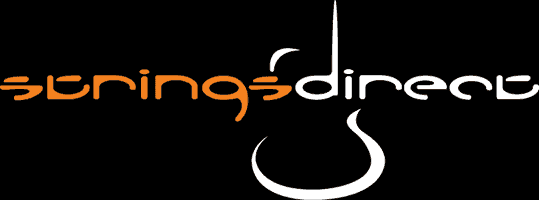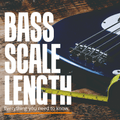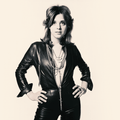Jim Dunlop Cry Baby® Q-Zone™ Auto-Wah
By Strings Direct – 29 August, 2023
Jim Dunlop Cry Baby® Q-Zone™ Auto-Wah
Today I'll be taking a look at the MXR Crybaby Q-Zone Auto-Wah pedal. This single-unit stompbox allows you to dial in a variety of fixed-position wah tones, replicating the resonance and vocal characteristics of the Cry Baby by means of the legendary red Fasel Inductor, which is an integral part of its design and construct.
The pedal itself comes well packaged and is of good weight and excellent build-quality, as you would expect from a company with MXR's reputation. It is housed in a standard MXR casing, which is obviously a plus in terms of pedal-board real estate when compared to the classic rocker-type pedal. Sure, you're losing out on certain expressive techniques (and along with them the ability to produce backing tracks for the adult-film industry) but what you are gaining is, in its own way, a much more sophisticated and user-friendly tone-shaping device.
The Q-Zone can be powered by a 9V battery or wall-mounted power-supply (sold separately). It comes equipped with four control knobs (Boost, Bandpass, Range, and Q ADJ) which are of good quality and offer a nice amount of resistance, as well as a centrally located three-way switch (Low, Mid, High) for frequency 'Range'.
'Boost' Knob – This control provides an effect signal boost of up to +16db. This not only increases volume, but also allows a hotter signal, which in turn allows the amp to work harder. Especially nice with valve amps, as this increase in signal causes the tubes in the preamp section to 'break-up' (or distort) producing a rich, natural overdrive. This control really starts to come alive at 1 o'clock.
'Bandpass' Knob – This control chooses the 'centre' of the selected frequency range, acting exactly as the rocker-type pedal would on an original Cry Baby. Far-left represents the low-end frequencies (heel-down), while far-right represents the high-end frequencies (toe-down).
'Range' Switch – This three-way selector switch allows you to choose an overall frequency range to work within. The lowest position, as you would expect, represents the bass frequencies. The middle position, the mids, and, not surprisingly, the highest position is representative of the high-end frequencies. In conjuncture with the 'Bandpass' knob, this allows you to operate pretty much anywhere within your instruments tonal spectrum, from a low, muddy growl right up to bright, glassy-sounding highs (and beyond) while still maintaining that classic Cry Baby resonance
'Q ADJ' Knob – This is the final piece of the puzzle when it comes to really honing in on what is known as the 'sweet spot'. This control adjusts the actual width of the bandpass you have determined, far left being a very wide, or 'open' bandpass, and far-right being a very narrow, or 'tight' bandpass. This basically relates to the amount of 'bleed' you will be exposed to of the surrounding frequencies. Fully open (far-left) means that you will hear a great amount of other frequencies, as the bandpass is very wide, and this will equate to a full, more-balanced tone, only slightly flavouring the frequencies you have selected, while fully closed (far-right) allows you to completely zero in on a certain frequency range, with no bleed from surrounding frequencies. This is infinitely useful for dialling in a tone that will 'cut through' the mix, as you can basically, surgically insert your tone into any gaps in the overall frequency range, no matter how narrow, and ensure that you are not occupying a tonal space that is already being occupied.
'Expand' Knob – This control simultaneously affects the amount of low-end and drive. Far-left for light, jangly cleans, or full-right for dirty, growling fuzz.
It kind of goes without saying that this will be a very useful tool live, but I am also intrigued by the recording possibilities, either as a direct recording signal or as a re-amp option. Any device that can sound this good and offer you this much control must come in handy for keeping the muddiness of any recording to a minimum, or for adding layers with pinpoint accuracy to certain areas of any mix, just where they need to be.
Overall, I would say that this is a great pedal, and a definite must for anyone who is looking for a way of finding that ‘sweet spot' in their tone. Great guitars and equipment mean nothing if you aren't being heard, and something tells me that this little baby will soon become as well loved as its predecessor, the QZ-1.
Get yours now: Jim Dunlop Cry Baby® Q-Zone™ Auto-Wah | BUY NOWBrandon Ruble Strings Direct Sales Team





